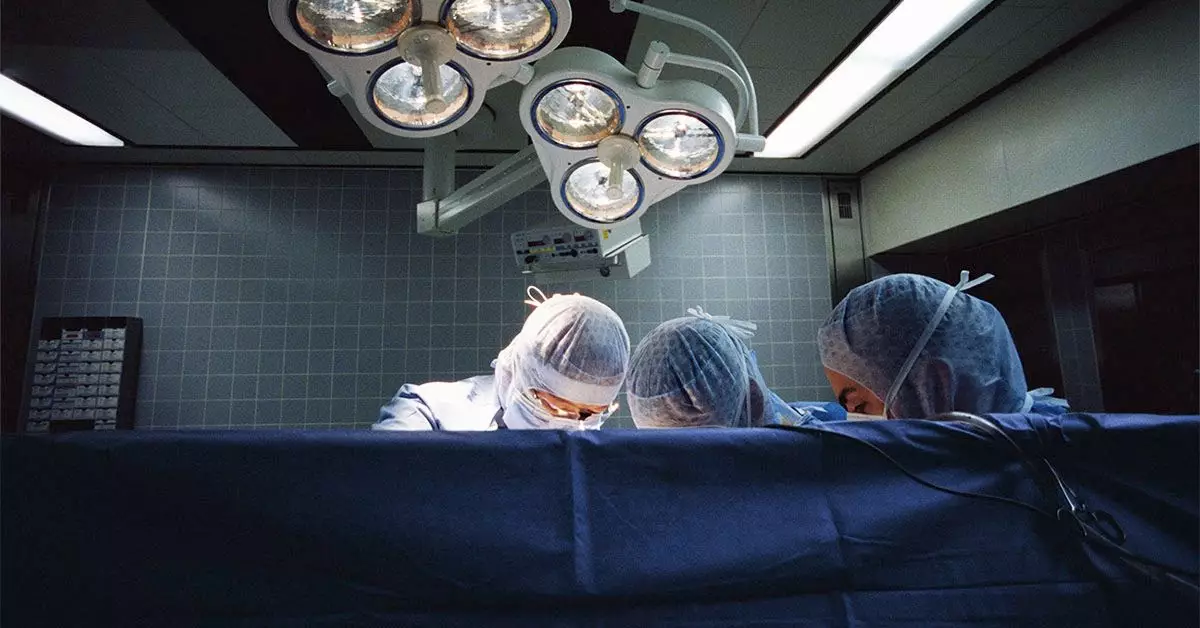Thyroid lobectomy, often classified as a subset of thyroid surgeries, is a medical intervention that entails the removal of a portion of the thyroid gland. This article delves into the rationale behind the procedure, the specifics of the surgical process, and the recovery framework that patients can expect.
Before discussing thyroid lobectomy, it is essential to understand the thyroid gland’s function. This butterfly-shaped organ, located at the base of the neck, plays a crucial role in regulating metabolism, energy levels, and overall hormonal balance within the body. When the thyroid becomes dysfunctional—manifesting as various conditions such as cancer, benign growths, or enlarged goiters—medical intervention may be required to restore health and alleviate symptoms.
The decision to undertake a thyroid lobectomy is often predicated on specific medical conditions. The following are primary reasons a healthcare provider might recommend this procedure:
1. **Thyroid Cancer**: In cases where a malignant tumor is discovered, particularly if it is localized and small, a lobectomy can be an effective treatment option. Even though it’s important to note that only a small percentage of thyroid nodules turn out to be cancerous, the presence of cancer necessitates surgical removal to prevent progression.
2. **Benign Nodules**: Patients may also have non-cancerous nodules that can lead to discomfort or have the potential for future complications. Removing these nodules can provide peace of mind and relieve symptoms such as pressure in the neck.
3. **Goiters**: Enlargements of the thyroid, known as goiters, can also lead to discomfort and functional issues, such as difficulty swallowing or breathing. For those experiencing these symptoms, a lobectomy may be recommended to improve quality of life.
4. **Hyperthyroidism**: In cases of overactive thyroid, particularly when medication is ineffective or contraindicated, surgical intervention can be a viable option to balance hormone production.
A thyroid lobectomy is typically performed under general anesthesia. The surgeon makes an incision in the lower part of the neck to access the thyroid gland. The exact portion removed will depend on the size and location of the adenoma, goiter, or tumor being addressed. Post-surgery, the incision is closed using stitches or staples.
Many patients might be surprised to learn that this procedure can generally be performed as an outpatient operation. This means that most individuals can expect to return home the same day, contingent upon recovery progression and the absence of complications.
Following a thyroid lobectomy, recovery varies based on individual health and the extent of the surgery. Initial care will often be focused on monitoring vital signs and ensuring adequate hydration via intravenous fluids. While some may feel better relatively quickly, the full recovery period can extend to several weeks. Patients are typically advised to take 2 weeks off from work or school, and to refrain from strenuous activities for 2 to 4 weeks post-operation.
Moreover, patients should be aware of potential complications that may arise, including fever, chills, or unusual sensations (like tingling) in extremities. These symptoms merit immediate medical attention and should not be overlooked.
The long-term outlook for individuals following a thyroid lobectomy is generally positive, but it hinges on several factors, including the nature of the condition that prompted surgery. In many cases, the remaining part of the thyroid continues to function adequately, negating the need for hormone replacement therapy. However, some patients may require lifelong monitoring of thyroid hormone levels and might need to take hormone replacement medications.
Recent studies underscore that the impact of thyroid lobectomy on life expectancy can differ significantly among individuals, particularly in older populations. It’s crucial for patients to engage in ongoing dialogue with their healthcare providers regarding their unique circumstances and potential outcomes after the surgery.
A thyroid lobectomy is a critical surgical intervention aimed at addressing numerous thyroid-related conditions, from cancer to benign nodules. Though considered a major surgery, it is typically safe and effective for alleviating symptoms and preventing further health complications. As with any surgical procedure, it is vital for patients to remain informed about the risks, postoperative care, and follow-up requirements that accompany a thyroid lobectomy. Engaging in clear discussions with healthcare providers will ensure optimal outcomes and help facilitate a smooth recovery process.

